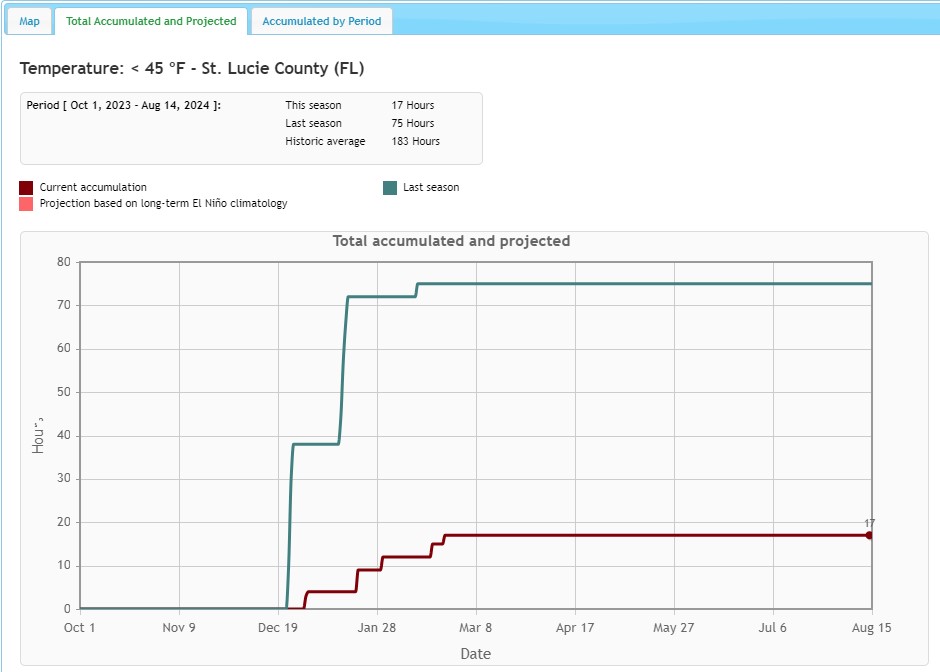Several temperate, deciduous fruiting trees need a period of cold exposure to end their dormant state, promote growth, and produce fruit in a typical manner. It is crucial to select species and varieties that are well-suited to the climatic conditions of a particular geographical area to attain optimal outcomes.
Plants initiate a state of dormancy when temperatures consistently drop below 50°F for a prolonged duration. Certain species and specific varieties within a species may respond to both decreased day lengths and temperatures. The end of aboveground growth and the occurrence of leaf fall indicate the onset of dormancy. The plant undergoes hormonal changes, including a reduction in growth-promoting hormones, which helps it adapt to low conditions. After entering a state of dormancy, the process of chilling accumulation begins and persists until the plant has accumulated the necessary quantity of chilling hours. Once the plant has accumulated the necessary amount of chilling, growth-promoting hormones are elevated, priming the plant for the arrival of higher temperatures.
Completion of the Chilling Hour Requirement
Generally, temperatures ranging from 32°F to 50°F are sufficient to meet the chilling needs of most plants. However, the optimal temperatures for satisfying a plant’s cold requirement are between 32°F and 45°F. When the temperature falls below 32°F, the plant receives minimal or no chilling. On the other hand, if temperatures remain above 60–70°F for long periods of time, the cooling effect can be eliminated. Particularly, leaf and fruit buds on the same plant can exhibit distinct freezing requirements (Figure 1). Inadequate chilling can result in several issues, such as delayed leaf growth, decreased fruit production, and poor fruit quality.
Table 1. Chilling-hour requirements for different fruit and nut crops.
| Fruit Crops | Chilling Hours Required |
| Apples | 200-1,000 |
| Blackberry | 200-600 |
| Blueberry | 150-700 |
| Citrus | 0-100 |
| Fig | 100-200 |
| Pear | 400-900 |
| Peach | 200-800 |
| Plum | 400-700 |
| Persimmon | 200-400 |
| Pomegranate | 100-200 |
| Strawberry | 200-400 |
| Pecan | 200-800 |
Graph 1. This graph shows the total chilling hours accumulated in St. Lucie county from Oct 1, 2023 – Aug 14, 2024
Check out the following links for further information:
To calculate the number of chill hours your area has received, use the tool on agroclimate.org.
Our EDIS publications on apples, peaches, plums, blueberries, and other fruits are a good place to look for information on these and other fruits.
Of course, you can also seek assistance by getting in touch with the Extension office in your county.
Reference: https://nwdistrict.ifas.ufl.edu/hort/tag/chill-hours/
 2
2

